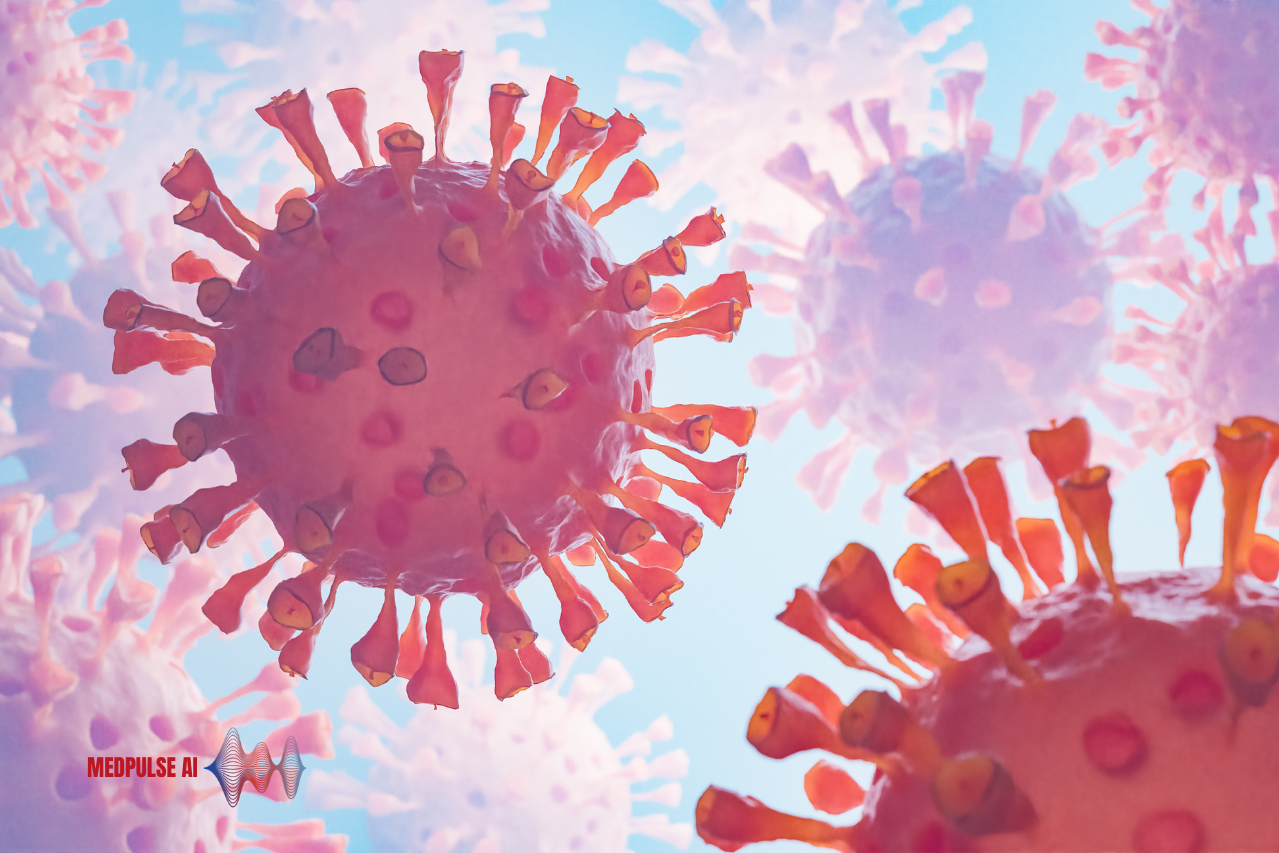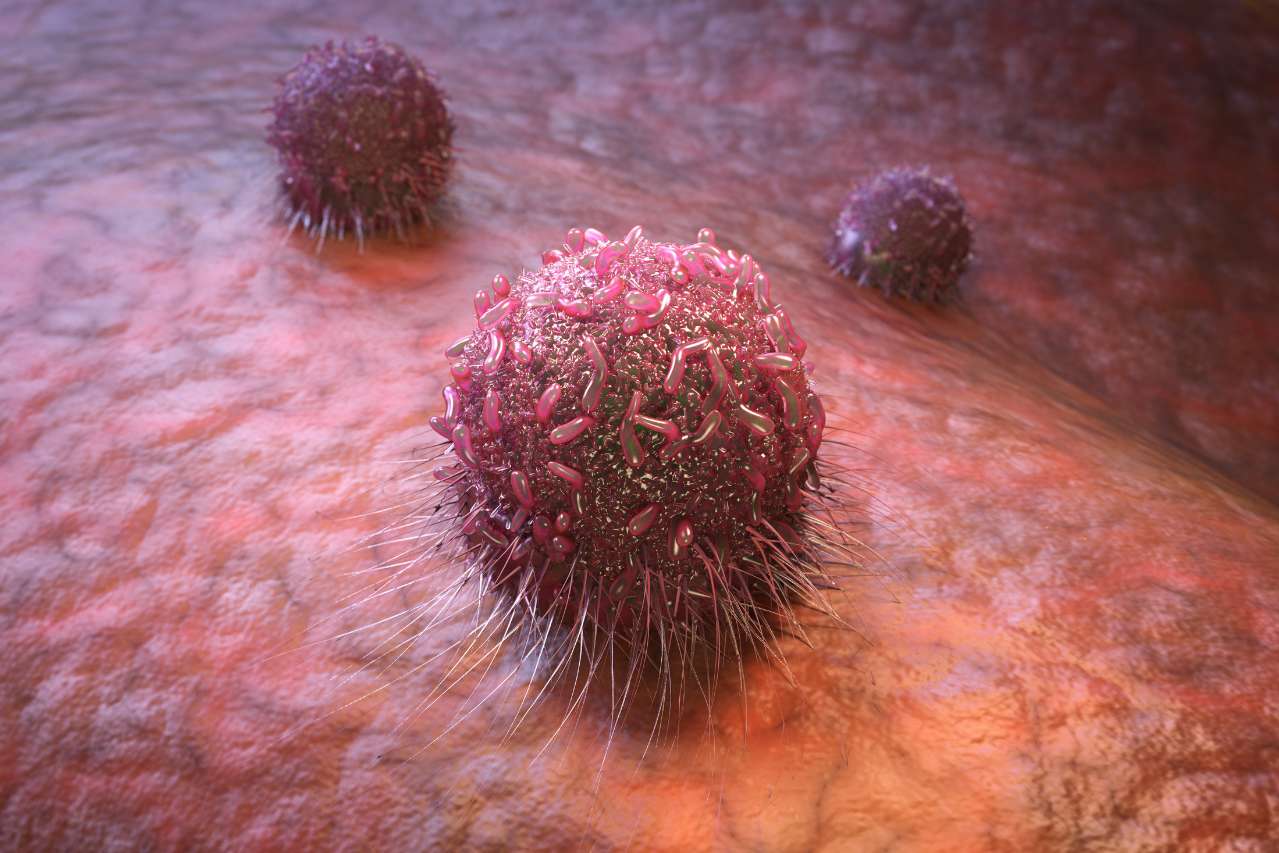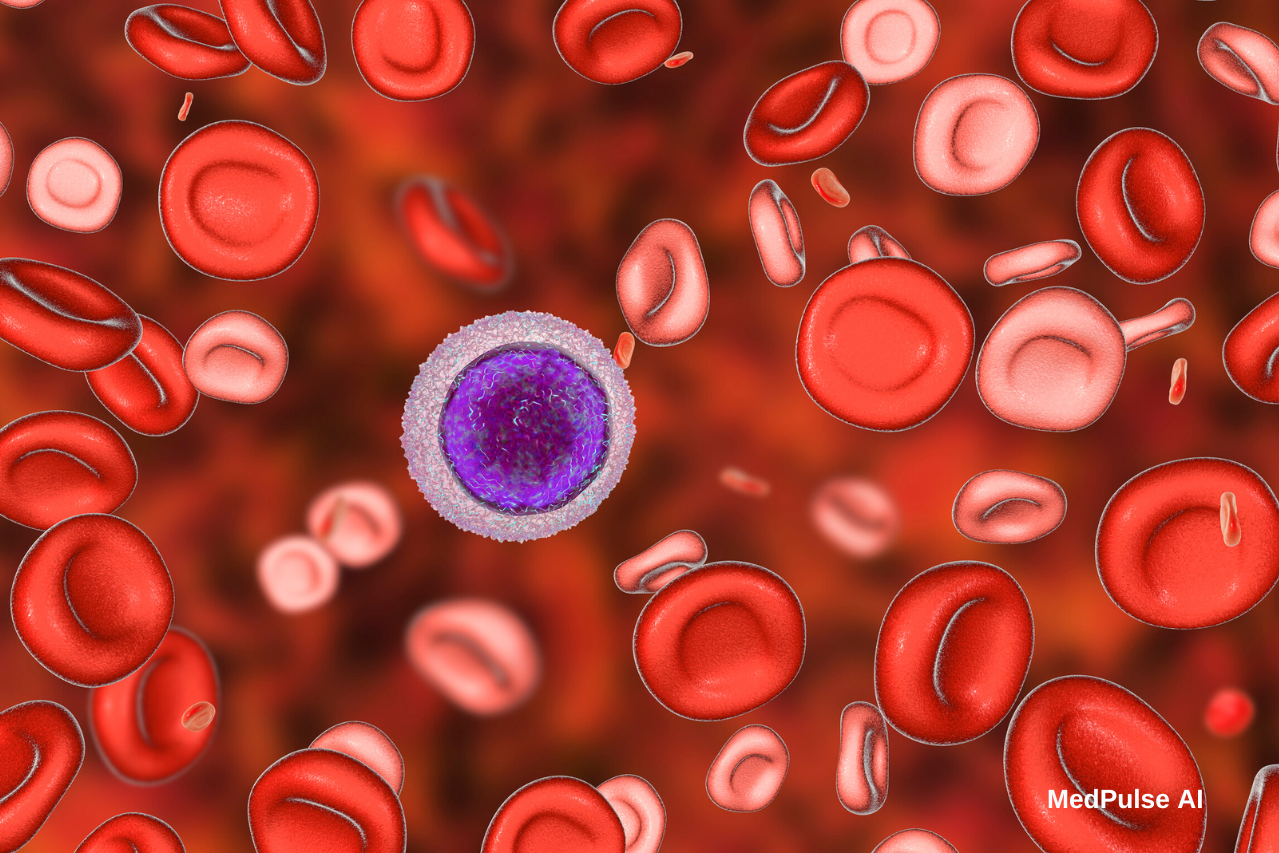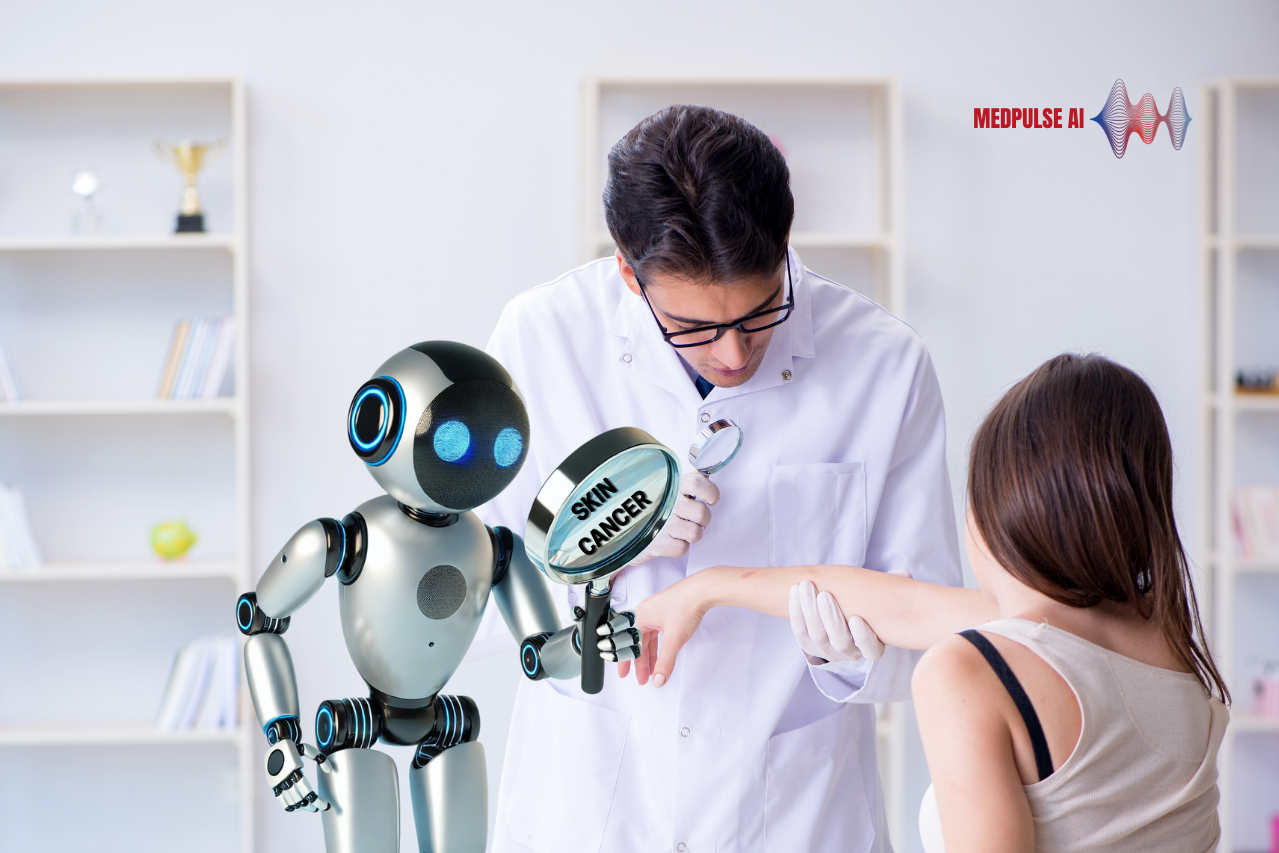Bioptimus, a French company specializing in advanced AI models for biology, has teamed up with Proscia, a leader in AI-powered pathology solutions, to accelerate innovations in pathology. This partnership incorporates Bioptimus’ H-optimus-0 model into Proscia’s Concentriq® Embeddings, a move that will empower researchers and data scientists to develop new AI capabilities at an unprecedented speed.
How Foundation Models Revolutionize AI
Foundation models, like Bioptimus’ H-optimus-0, are transforming AI with broad potential across industries. Trained on a vast dataset of over 500,000 pathology slides, H-optimus-0 demonstrates how these models can power breakthroughs in medical AI. By incorporating this model into Concentriq Embeddings, Proscia enables researchers to harness a top-tier AI model to accelerate advancements in pathology. This integration allows them to tap into their organization’s data to develop high-performance AI models, streamline workflows, and increase efficiency within Proscia’s platform.
The Key to Innovation
Proscia’s emphasis on providing high-quality, diverse, real-world data (RWD) plays a crucial role in building AI models that can adapt across various medical contexts and applications. This RWD foundation helps create scalable AI models that perform well across different therapeutic areas, furthering advancements in AI-driven pathology.
Enhanced Cancer Detection and Subtyping
Identifying cancer types and subtypes can be challenging, especially in early stages when visual markers are subtle. AI models trained on large datasets, such as Bioptimus’ H-optimus-0, can aid pathologists by detecting nuanced patterns across thousands of slides. This capability is especially valuable for identifying specific cancer subtypes, such as distinguishing between subtypes of breast cancer. By improving diagnostic accuracy, pathologists can make better-informed decisions, leading to more personalized and effective treatment plans that can improve patient outcomes.
Streamlined Diagnostics and Reduced Turnaround Times
In many pathology labs, analyzing tissue samples and generating reports is a time-intensive process, often involving multiple rounds of visual inspection. An AI-powered system can speed up this workflow by automatically flagging areas of concern for further inspection, reducing the need for multiple rounds of manual review. By doing so, AI can significantly decrease turnaround times, enabling labs to process more cases and, in time-sensitive cases, accelerate treatment decisions.
Detecting Rare Conditions and Uncommon Pathologies
Pathologists may not frequently encounter rare diseases or atypical pathologies, which can lead to challenges in diagnosis. Foundation models trained on diverse datasets can assist in identifying these rare conditions, offering decision support for pathologists who may not have prior experience with specific uncommon diseases. With AI suggesting possible rare diagnoses based on pattern recognition, pathologists have additional support for accurate diagnosis, potentially lowering misdiagnosis rates.
Prognostic Insights and Risk Stratification
Beyond diagnosis, AI models like H-optimus-0 could play a role in risk stratification, helping healthcare providers understand the likely progression of certain diseases. By analyzing pathological data alongside historical patient outcomes, AI can identify patterns that correlate with faster progression or poorer prognosis. Pathologists can use this information to recommend treatment intensity, follow-up frequency, or additional testing, making it possible to personalize treatment according to each patient’s projected risk.
Future Implications: Expanding Access and Setting New Standards in Pathology
Broader Accessibility for Smaller Clinics and Labs
Currently, advanced AI-driven pathology tools are typically housed in major research hospitals and academic institutions due to high costs and resource demands. With Bioptimus and Proscia’s collaboration, AI pathology tools are positioned to become more accessible to smaller clinics and labs globally. Integrating foundation models into user-friendly platforms like Concentriq could allow smaller facilities to benefit from the latest AI advancements without needing specialized infrastructure. This expanded access could lead to faster, more accurate diagnoses even in rural or underserved areas, reducing health disparities in diagnostics.
Training and Skill Development for Pathologists
As AI technology becomes more integral to pathology, there will likely be a shift in how pathologists are trained, with more emphasis on working alongside AI-driven tools. The Bioptimus-Proscia integration could provide a framework for training future pathologists to interpret and collaborate with AI-driven insights effectively, empowering them with new skills that enhance diagnostic accuracy and efficiency. Such skill development could ultimately lead to a new standard in pathology education, preparing practitioners to harness AI advancements in their daily work.
Establishing a New Standard for Diagnostic Accuracy
By creating systems where AI algorithms consistently support pathologists, there is potential to establish new accuracy benchmarks in pathology. Continuous AI improvement and model training on diverse, real-world datasets could eventually lead to standardized, AI-assisted protocols for diagnosing complex diseases. In the future, regulatory bodies may even adopt AI-informed criteria for certain diagnoses, making AI an integral part of evidence-based pathology.
Creating a Data-Driven Feedback Loop for Research and Development
With each diagnosis and patient outcome feeding back into the AI model’s learning process, these systems can evolve and improve with real-time data. This data-driven feedback loop, supported by the H-optimus-0 model within Concentriq Embeddings, could fuel future innovations not only in pathology but also in the broader field of precision medicine. As more facilities contribute data, the AI model’s predictive accuracy will enhance, creating a positive cycle of ongoing refinement and opening doors to novel diagnostic applications.
This partnership represents a critical step toward transforming pathology and other healthcare fields with AI, making advanced diagnostics and personalized treatment accessible, efficient, and secure. By combining Bioptimus’ AI technology with Proscia’s robust platform, they are setting the stage for future innovations that could redefine how healthcare approaches complex diseases.
Are you interested in how AI is changing healthcare? Subscribe to our newsletter, “PulsePoint,” for updates, insights, and trends on AI innovations in healthcare.




